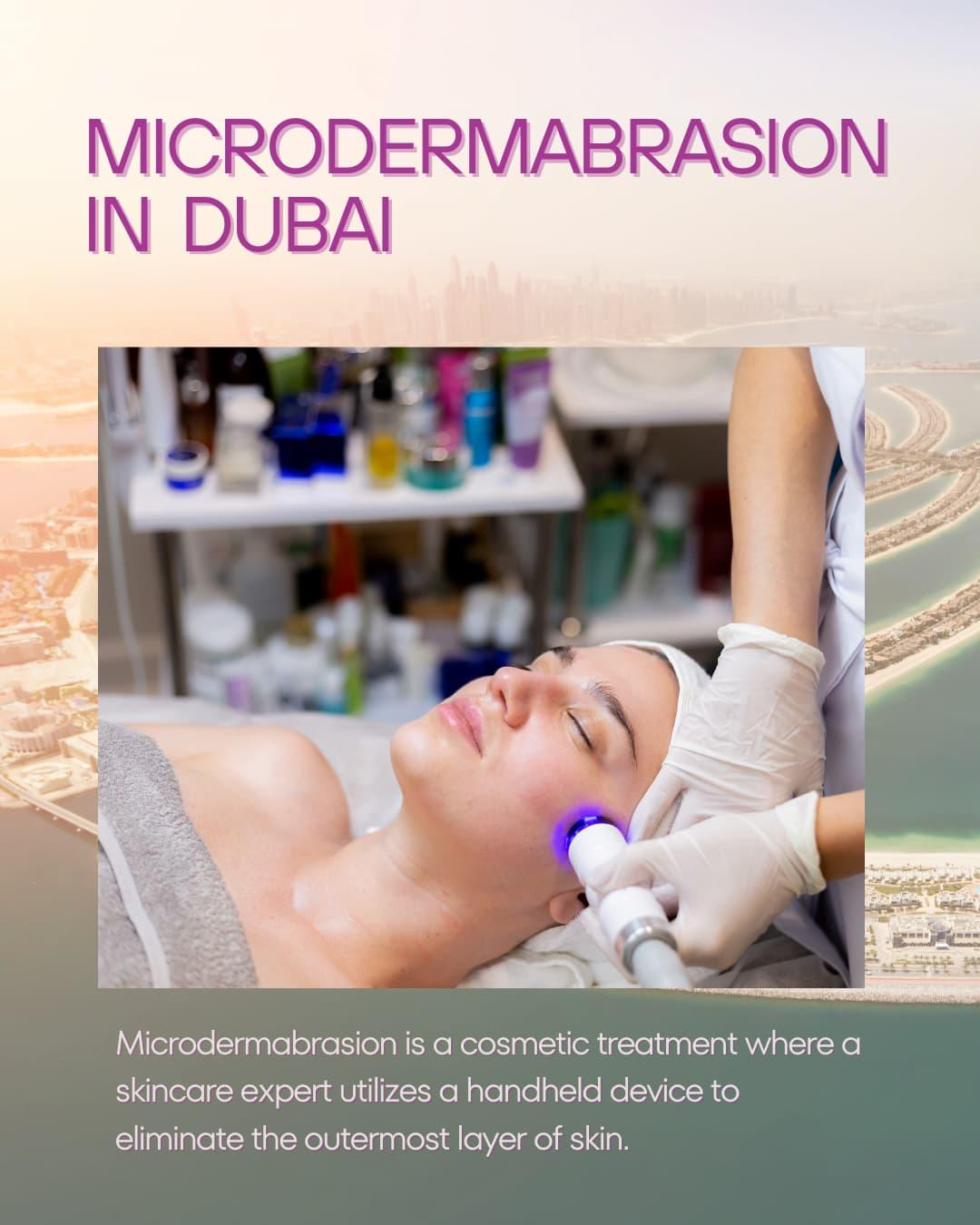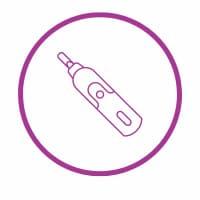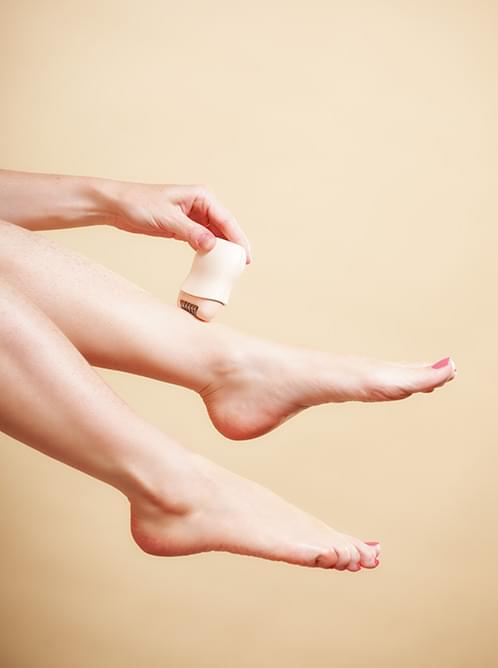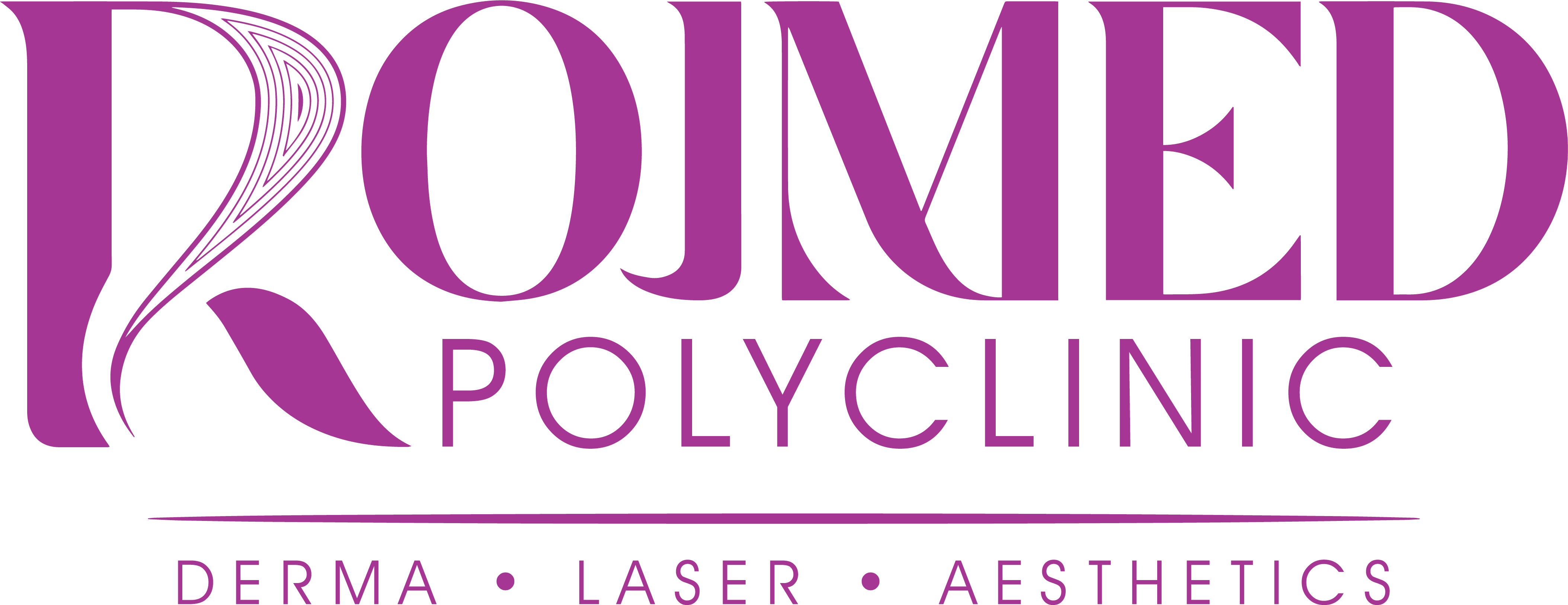Microdermabrasion is a non-invasive technique employed to revitalize skin tone and texture, aiming to enhance the look of skin affected by various factors such as sun exposure, wrinkles, acne, and other skin conditions. This method involves the use of a specialized applicator with an abrasive surface to gently remove the outer layer of skin, promoting rejuvenation.
Alternatively, a variation of microdermabrasion involves the application of fine particles of substances like aluminum oxide or sodium bicarbonate through suction to achieve similar results as the abrasive surface technique. Continue reading to explore further details about this procedure.
Microdermabrasion:
Helps new skin cells grow.
Reveals newer, undamaged skin.
Thickens collagen, which is a protein that keeps your skin firm.
How Does Microdermabrasion work
As the outer layer of skin, known as the epidermis, deals with environmental stresses and renews itself, it often accumulates a dull, lifeless layer. Meanwhile, underneath lies the dermis, rich with fresh cells that are continuously maturing. Microdermabrasion effectively removes this dead outer layer, revealing the vibrant skin beneath.
The process involves a gentle sanding of the skin with a diamond tool during which dead cells are loosened and then vacuumed away. This abrasion prompts the body's natural healing response, leading to the replacement of old cells with new ones. Consequently, the skin appears smoother, more even-toned, and devoid of scars, discoloration, or sun damage. Additionally, microdermabrasion stimulates collagen production.
Regular sessions not only maintain skin brightness and quality but also contribute to thickening the collagen layer, promoting youthful skin from within."
What to do before the treatment?
Refrain from using Retin-A for at least 72 hours before undergoing microdermabrasion.
Avoid sun tanning or using tanning products like creams, sprays, or lotions for one week before the procedure.
Steer clear of treatments such as Botox®, fillers, chemical peels, or laser hair reduction for a week before microdermabrasion.
Avoid waxing the treatment area for a few weeks leading up to the microdermabrasion session."
Here are post-treatment instructions to follow:
Refrain from using glycolic, Retin-A, benzoyl peroxide, alpha hydroxy, or topical acne medications for 24 to 48 hours after the session.
Avoid sunlight exposure for up to 7 days following the treatment.
Steer clear of other treatments like Botox®, fillers, chemical peels, or laser hair reduction during this period.
Apply SPF 50+ sunscreen regularly to protect your skin.
Ensure to moisturize your skin regularly after the treatment.







